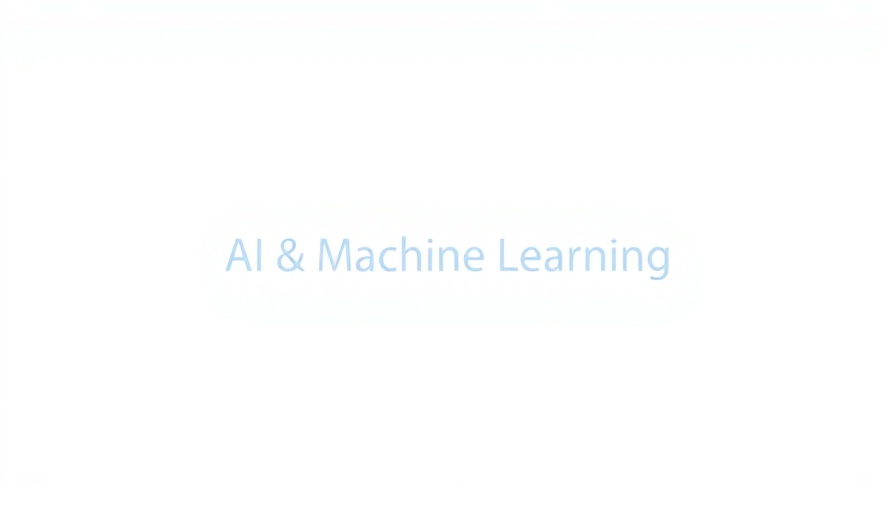
Introducing Gemma 3 on Vertex AI: What You Need to Know
On March 12, 2025, Google announced the launch of Gemma 3, an advanced model available on Vertex AI Model Garden, aimed at developers looking to leverage the latest in AI technology. Designed for rapid adaptation, Gemma 3 allows users to fine-tune and deploy models efficiently through Vertex AI's robust capabilities.
The Power of Parameter-Efficient Fine-Tuning
One of the standout features of Gemma 3 is its support for Parameter-Efficient Fine-Tuning (PEFT). This technique significantly enhances performance without the heavy computational costs associated with traditional fine-tuning. Users can implement PEFT using the vLLM deployment framework, which optimizes resource use and improves latency—crucial factors when deploying large language models (LLMs).
Simple Steps to Fine-Tune Your Model
Fine-tuning Gemma 3 is straightforward. Developers can begin by uploading a custom dataset formatted as JSONL files, making it easy to customize the model for specific applications. Flexibility in choosing the model variant—whether 1B, 4B, 12B, or 27B—offers developers choices tailored to their project sizes and requirements.
Understanding vLLM for Deployment
The vLLM framework plays a crucial role in deploying Gemma 3 effectively. This engine maximizes throughput and ensures the model can handle requests with minimal wait time. As applications increasingly demand quick responses—particularly in fields like customer service and online engagement—this feature will be invaluable.
A Closer Look at Deployment Configurations
The deployment of Gemma 3 on Vertex AI involves several essential steps. First, developers must provision a dedicated endpoint tailored to the model's needs. Configurations such as GPU memory utilization and model serving settings are easily adjustable, allowing for refined performance metrics. This flexibility will enable developers to create more responsive applications through the effective use of computing resources.
The Future of AI with Gemma 3
Gemma 3 is not just an incremental upgrade; it represents a leap forward in AI capabilities. The introduction of multimodal processing helps bridge the gap between text and image inputs, allowing for richer interactions and more complex applications (understanding over 140 languages, enhanced math, and reasoning skills). Developers are invited to explore these dynamically rich features, which push the envelope of what AI can achieve.
What's Next for AI Developers?
The advent of Gemma 3 opens up new opportunities for innovation. Developers are encouraged to engage with the Gemma community and explore the resources available on the Google AI Studio. From experimenting with the model to integrating it into existing systems, the possibilities are extensive. With a host of development tools like Hugging Face Transformers and deployment options across platforms, there's great potential for businesses to enhance their AI solutions.
In conclusion, Gemma 3 on Vertex AI offers a host of features designed to streamline the model fine-tuning and deployment process. As AI continues to evolve, staying abreast of these developments will be crucial for developers aiming to harness AI's full potential in their applications.
 Add Row
Add Row  Add
Add 




Write A Comment